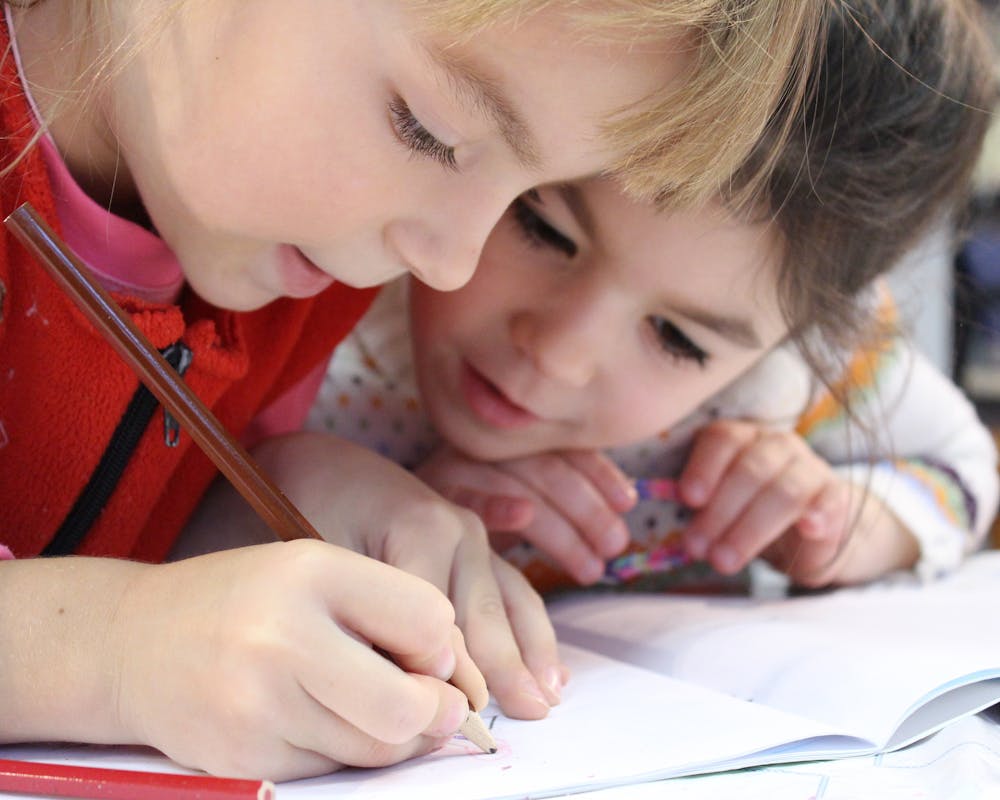Children are the future.
It is a phrase we hear bandied about so often – by politicians, the media, well-wishing speech writers and talk show hosts – that after a while our ears start to simply tune the phrase out. But it is not some empty platitude. The words themselves may be worn and tired, but the meaning behind them represent a rather universal truth, an important motto which can be taken quite literally.
It is a phrase that bears thinking about more deeply. After all, the children of today represent everything that the world will some day be. They alone determine what kind of reality will exist in twenty, thirty, forty years. It is because of this truism, then, that the job of educating youth properly is such a sober and profound one. Are you overwhelmed yet by the responsibility? Be sure to take a deep breath. Let the mere fact that we are still here on planet Earth be a comfort. Eons of human history says you’ve got this!
The Importance Of Your Child's Early Years

Being a parent is one of the most rewarding and meaningful experiences that a human being can have. But with all of the joy comes a great need to make sure that those crucial early years are a time of discovery and development for your child. This is a task often easier said than done. The difficulty is often compounded by the sheer amount of conflicting opinions one will often hear when searching for advice on the topic. Everyone has a strong position when it comes to raising children, and nowhere is this more apparent than in the field of early childhood education.
Just like everyone else, we have a philosophy of our own here at Kabook. Ours is rather simple, and not what you would call a revolution in early childhood education, but it is one that we stand by quite adamantly. Simply put, we believe that above all else, a child’s experience with early education should be one that gives rise to positive emotions.
Learning Should Be Fun
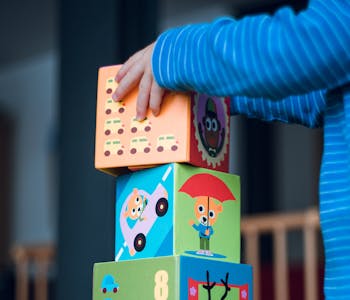
Let’s unpack that a little for clarity’s sake. We take the position that the ultimate goal of early childhood education should not be to fill a child’s head with as much information is possible in the most coldly efficient manner. Rather, we feel that the early part of a young person’s development should be all about learning to love the act of discovery itself. Curiosity, more than anything, should be the purpose behind teaching a very young child. Passion is more important than knowledge in these early years, love and enthusiasm more crucial than checking any particular academic boxes. To put it another way– early education should be all about planting the seed that will one day grow into a passion for knowledge, for learning, and for all intellectual pursuits.
Of course, we should probably take a step down from the soap box at this point. While all of these grand ideals may sound stirring in theory, the natural response is to say that this is much more easily said than done. And you’d be right: grabbing a young person’s attention when they are at their most open and innocent was difficult even in the long gone days before screens became so completely ubiquitous.
Now, many parents face an uphill battle, with powerful distractions being the norm rather than the exception. But really, this challenge is what caused us to shift our thinking to this new philosophy in the first place–creating positive experiences around the act of learning is perhaps the most surefire way of ensuring that kids actually want to focus on important skills and processes that will help them later in life. Despite the enamoring pull of video games and cartoons, there is still room in the human heart for the written word. But (and this is quite a big caveat) only if it is introduced and curated correctly.
To put it in simpler terms, we believe you catch more flies with honey. In this metaphor, the honey is anything that a child views as fun, entertaining, positive or interesting. If you can bundle in an educational experience with something that meets the all important fun criteria, the chances of eliciting the dopamine rush associated with learning new things improve greatly. And that, we believe, should be the ultimate goal of early childhood education.
What Can You Do To Maximize The Joy Of Learning?

So now that we’ve established our particular paradigm, what does this “joy first” mentality mean in the real world? Well, it may be helpful if we start by looking at what the education experts think is best for your children, and then trying to interpret those recommendations in ways that maximize a child’s engagement, wonder, joy, and happiness. It is important to have a bit of a shift here in our mindset. Instead of thinking about what would fill a child’s brain with the most knowledge and information today, we find it helpful to think about things in the following manner: what activity will best form an association between learning and happiness in a child’s mind now, so that in the future they naturally prioritize learning over other, less desirable activities.
Let’s look at a real world example. When it comes to the single most expert-recommended activity, reading takes the cake by a wide margin. There is no other strategy for early childhood education that is quite as recognized or well-studied as the simple act of reading with your child. So taking that as our rock solid foundation, how do we get started? There are a great many things that fall under the wide-reaching category of “reading” that, while crucially important to a child’s development, can often feel like more of a chore. Specifically, we are pointing at aspects of language such as the study of grammar, spelling, punctuation, vocabulary memorization, and etc.
But this can also apply to force-feeding a child dry, unengaging reading material– a sort of “eat your vegetables” mentality when it comes to the written word. Now, this is not to say that those things don’t constitute a vital part of early childhood education. On the contrary, learning the technical and specific details of language is a rite of passage that every educated individual must go through in order to properly master his or her mother tongue. And later in life, reading dense tomes full of long words and complex themes can be rewarding. However, before there can be the will to undertake such daunting and difficult tasks, there must first be a love of the language, a passion for it. It is this fire for learning that stands a young person in good stead, giving them the endurance needed to absorb all the wealth of knowledge and information that will later be thrust at them along their long academic journey.
The obvious consequence of this line of thinking is that we have to make reading as fun and interesting for children as possible. So, how do we accomplish this? Well, it is no mean feat, but the prize at stake here is quite a substantial one: a lifetime love of reading and all of the intellectual development that such a habit engenders. Let’s take a look at how you might approach this daunting and profoundly important task.
Find Topics Your Children Are Interested In
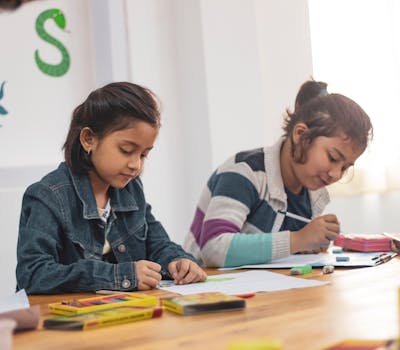
The clear first step here would be to realize that all reading material is not created equal. There are books that will spark your child to love the act of reading, and there are others that will teach them the incorrect and harmful lesson that reading is a boring chore, a task to be avoided whenever possible. The difference is going to be, in our opinion, highly personal. What’s interesting and stirring to one child won’t necessarily elicit any interest from another. Your job as a hopeful parent, longing to inspire a love of reading in your offspring, starts with curating enjoyable, interesting reading material tailored to your little person’s particular likes, interests, and joys.
This is where your role as a caring and attentive parent can really shine, and where your personal intimacy with your children becomes a critical turning point. Do you remember the well-known joke about standardized education? The mocking anecdote compares education (and standardized testing in particular) as akin to ranking the quality of a handful of different animals by testing which one is best able to climb a tall tree. Where monkeys excel, the fish will not. The purpose of this parable is to point out the fact that our educational system often fails students by implementing a “one size fits all” approach that leaves certain personality types flailing. Don’t like complicated algebraic equations? You may be a more artistic, language oriented person. You may struggle in school, despite never using algebra another day in your life.
The point of bringing this up is to illustrate the fact that no public educator or school program is ever going to be able to know your child as intimately as you are able to. No one is going to take the time to cater to his or her personal interests and passions. Often it is the case, then, that this ham-handed attempt to cram a certain curriculum down young reader’s throat causes problems and stalls the development of reading as a hobby for personal enrichment and enjoyment–which is really what reading should be all about. Sometimes young students are expected, unfortunately, to check certain boxes, read certain passages, and paint by numbers when it comes to language. To over come this, personalization becomes very powerful. As a parent you are perhaps the most qualified person in the world when it comes to selecting material and content suited to sparking your little one’s interest.
Understand Your Child's Reading Level
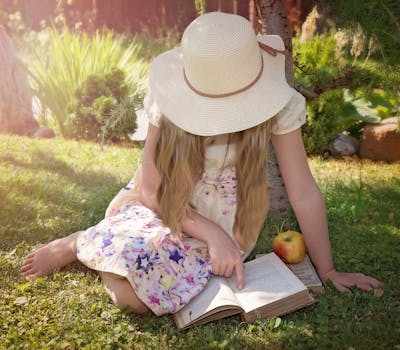
However, that doesn’t mean this is the whole picture. What does present a unique challenge is choosing the right reading level. This is something that requires a little more thought and expertise, and is a skill that professional educators train for and parents (most often) do not. It is important to consider a child’s current reading level in order to maximize their engagement with any piece of material, and finding that sweet spot can be quite difficult. To put it a little more simply: children will grow frustrated if the reading level is too high for them to easily comprehend words and ideas through context. If the reading level is too low, you run the risk of the child being overwhelmed with boredom (“see spot run” only wows for so many years, before running its intended course).
There is a great and simple way to guesstimate your child’s reading level, and it seems to work well enough in a pinch to get your choices right about ninety percent of the time. Simply open a book to a random page and have your child attempt to read it. Every time he or she finds a word that is too difficult, have them tell you about it (this can also present an awesome opportunity to learn some new words.) If the child finds more than five words that are too difficult to understand, then the book is clearly beyond the appropriate reading level. If he or she finds none, it may be on the low side. Between one and five new vocabulary words indicates that the book may be at a “sweet spot”– just challenging enough to teach your young one new words and concepts, but not to overwhelm them and see them get frustrated with the act of reading itself.
There are also other ways to get an easy gauge on reading level. For example, there are various assessments and tests online that you can give your child in order to get a very specific bead on his or her reading level. These tests will evaluate things like vocabulary, concept comprehension, and so forth. However, we want to caution again against “scaring” your child away from reading by overburdening them with tests that may be stressful or frustrating. Most of the time, simply reading with your child, and asking them questions about the content to gauge their understanding of it will suffice. Then, you simply find books that are “graded” to the appropriate reading level, and you are good to go.
Personalization Is Great For Engagement
With that troublesome technicality out of the way, we return to the central question: how do we propose to make reading as fun and engaging as possible for children, particularly in a world overshadowed by screens and blinking, ubiquitous entertainment at the touch of a finger? Well, there are a lot of ways, but the one we find most effective is to take engagement a step further by actually incorporating the child themselves into the reading material.
Because of the way that digital publishing has revolutionized the book industry, it is now possible to custom tailor books for specific children. Little Timmy can now board the pirate ship and follow the treasure map in search of gold doubloons. He can swing with Tarzan in the deepest of jungles. He can have adventures of the mind both compelling and personal. If you’ve ever spent much time engaged with video games as a hobby, you know that they’ve always had this advantage over books when vying for a person’s attention. In you typical video game, the story is all about you. Your reactions. Your journey through the plot. In contrast, traditional books require that you put yourself in the shoes of a third party and experience the world exclusively through their eyes. However, with personalized storybooks, you are on a level playing field with the bespoke experience that video games provide. This can be an extremely powerful way to get kids into reading, and one we have been focusing on developing for some time.
One of the main focuses of our line of tailored storybooks for children is engagement. When kids see themselves as the hero or heroine of an adventure, their eyes light up and they become fully interested in the words on the page and the world of the story. No longer is their attention scattered, wandering, distracted, waiting until they can finish the chore of reading and go back to their screen time. Suddenly they realize that reading might not be so bad. It becomes a hobby, a thing to be enjoyed. More importantly, it becomes a lifelong habit– one that, experts agree, leads to better outcomes in multiple areas of life and education.
Self-Esteem and Confidence Can Benefit Too
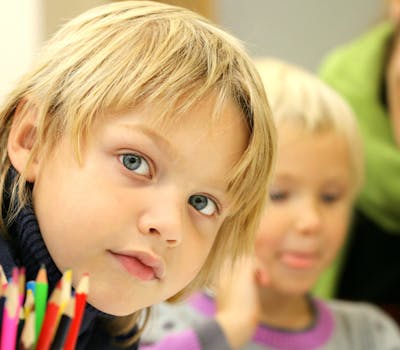
But don’t take our word for it, or be fooled into thinking that customized story books are some sort of a new fad in childhood education. On the contrary, the idea has been around for several decades and has been shown to help engage children in the act of reading. It also comes with a plethora of other indirect benefits to things like a child’s sense of self-esteem and confidence. It helps children to form an identity as someone who participates in the written word, and gives them a physical keepsake that will remind them of their early days as a reader for years to come.
We’ve spent a lot of time on reading, and its central position in any discussion of early childhood education is certainly warranted. But are there other ways that parents can have some impact on those crucial home hours in a way that sets their children up for more academic success and achievement. This warrants an article all its own in fact, but just to touch on a few important aspects of home-life that researchers agree have tremendous benefits, we will briefly list a couple here.
Activities that inspire discipline and routine, taken in moderation, are shown to really aid in childhood development. Things like making the bed, cleaning up toys after use, putting plates in the sink– they all teach children to delay gratification and cherish tidiness, to cultivate early maturity, and just to make them all around better people who know how to take care of themselves and their environments. Anyone who has ever lived in a college dorm can tell you, plenty of young people missed out on these all important early lessons (your humble author blogger, perhaps?) and had to learn at a late age. Beyond that, there so many other aspects to making sure that your little one has a well-rounded early childhood education. Things like gritty persistence, social skills, a strong sense of community and morals, an open mind, and work ethic just to name a few.
And Remember That Balance is Always Healthy

The topic of early childhood education is an immensely broad one, and lively discussions and in-depth research into the field are ongoing and continuous. But just try to take a deep breath, and stop and smell the roses from time to time. We know– it can seem daunting at times trying to give your child every possible leg up, but remember that no time spent with your little one is time wasted. At the end of the day, in order to ensure that the future is a bright one, young people today are going to need a well rounded approach to education. Just as a balanced diet is important for the growth of young bones, so too is a proportional approach best when it comes to trying to rocket your offspring to success. A bit of pressure is good for a child– too much and it can create negative emotions surrounding reading and learning. It is our belief that one-size-fits-all education, at times, is incapable of tailoring lessons to meet a wide arrange of abilities, personality types, and the various talents of young people. In order to get ahead of this shortcoming, we believe the focus should be on finding things that your child enjoys and maximizing the learning that he or she gets out of them.
Remember the old cliché and honor its importance: the children really are our future. Make the future bright by ensuring they have the best childhood and education possible!
